Conversations with Ralph Herring, founder of WAKE Radio
73 years after his graduation, Herring’s legacy at Wake is alive and well
Last year, WAKE radio celebrated its 75th anniversary since it went live in 1948 playing the song “Dear Old Wake Forest”.
October 6, 2022
Ralph Herring is an alumnus of Wake Forest University (‘49) and a professional artist. With his brother, David, Herring designed the 50- watt transmitter used by the first radio station at Wake Forest. This radio station eventually be- came WF DD — callsign “Wake Forest Demon Deacons” — and then later on, WAKE Radio.
Tell me about how the radio station got started.
I built the transmitter in 1946 from a diagram in a talk magazine. It was fun because we had a high-tension wire that connected from the stadium [formerly known as Groves Stadium], and the station could reach all the way to Raleigh. The radio was a big deal when it started, and almost all of the student body wanted to listen once we got it working. I worked with Alva Parris and Henry Randall to get it started, and they hosted the station and had an office in their rooming house.
You went to college at a pretty turbulent time in the world. Can you tell me about your experience during the Second World War?
I was in the Navy twice: the first time was in 1945, when the [Second World War] was just ending. I was an [electrician] fireman on an LST (Landing Ship, Tank) and worked in the engine room. We were stationed in the Philippines and made one trip to Okinawa, but I was only in for around 11 months — it was a short time. That was my freshman year. You either were drafted or joined the Navy, and I decided to join the Navy. It was a very chaotic time because right after college I went back to the Korean War with my college degree and worked on an aircraft carrier as para-intelligence, briefing pilots on the mis- sions that they were flying around the Mediterranean.
But the war was in Korea, and not in the Mediterranean, so everyone was pretty cheerful there. When I came back [to the US from the second world war] not many people were worried about the war, and actually wanted to go back and enlist for the Korean War once it started. I never liked the military because you have a certain mindset and a lot of strict regulation.
What were you majoring in at Wake Forest? How did you get into working on the radio?
I graduated with a Bachelor of Arts in English — some of the courses I wasn’t re- ally interested in. Back then, I was interested in Hi-Fi radio, and was building amplifiers, some of which were used for broadcasting all the football, baseball and basketball games. The amplifiers were battery-operated and generated 110 volts, which went over the telephone wire all the way back to the station. Not many other people were interested in building radio at Wake Forest back then, so word got around in the dormitories about my interest and what I was making. It was also something completely different than what me and my brother would later go on to do — he later became a physicist.
You were a professional artist after college, how has your passion for art developed over time?
I started drawing at about five-years-old, and at first it was a comic strip of Felix the Cat. I drew it on toilet paper, and I would copy Felix on each square of the paper. Throughout [undergraduate college] I illustrated the covers for the student magazines that were published there, and the Howler, the yearbook.
Eventually, I got private art lessons and went to an art school in Chicago. They mostly prepared students for commercial art, and advertising. They wanted to teach you how to draw something that would make other people buy another thing. But I had some teachers that were interested in classical art, who had studied in Europe, that got me into portraits. Portraits were something that people could possess for a long time and enjoy, so I painted portraits for a long time — I also did several for the deans of Chapel Hill and Salem College.
Wake Forest has probably changed quite a bit since you attended in your undergraduate years. Can you tell me a little bit about anything that might still be the same?
At school, everybody knew everybody it was that small, and I take it that it still might be that way. They had a place downtown called Shorties where you could get a chocolate milkshake for 15 cents. I bet that has probably changed.
What kind of music would they play on the radio station back at the beginning?
It was mostly classical music. We played one of my favorites: Gershwin’s “Rhapsody in Blue”, and we also played the big bands and guys such as Jimmy Dorsey. There was also “Deaconlight Serenade”, which was some romance music for students on campus.
What inspired you to make such complicated machines and work on the radio?
The demand that the student body had for it, and also that I knew that the entire community could use it. I was already curious about Hi-Fi radio and putting together transmitters, so why not use my curiosity to help everyone around me?


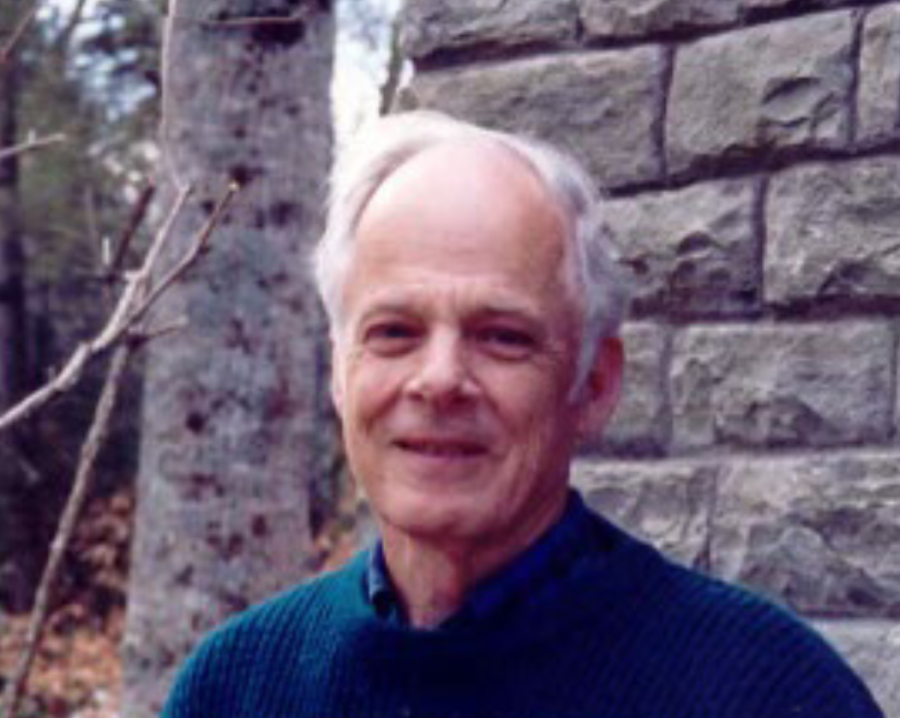
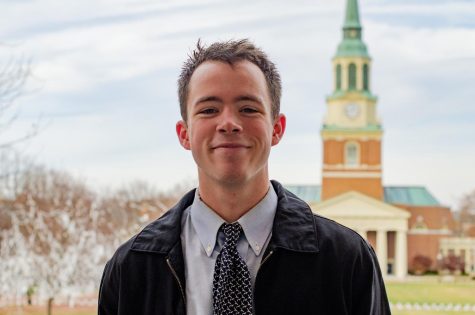
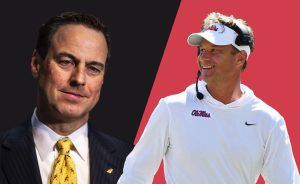

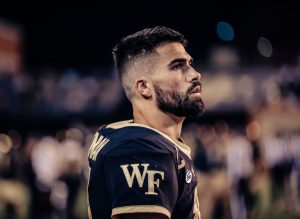
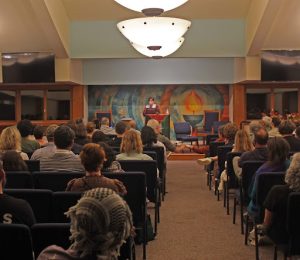
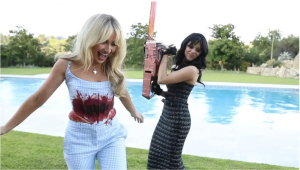
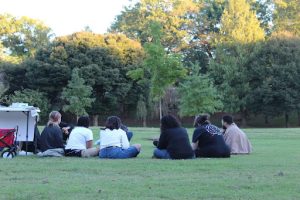
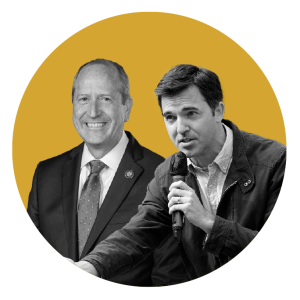

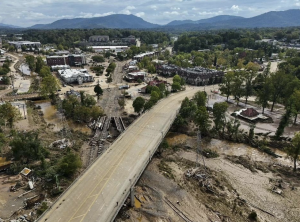
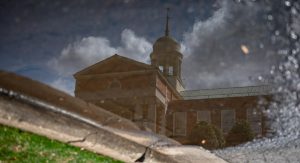
Jack Laughrun • Dec 1, 2022 at 10:21 am
Connor,. Thank you so much for your time and effort in doing this article.
My uncle is a wonderful and spiritual man. I have always looked up to him.
Genius lives in this family as well as spirituality. Thank you and bless you
Sincerely Jack Laughrun